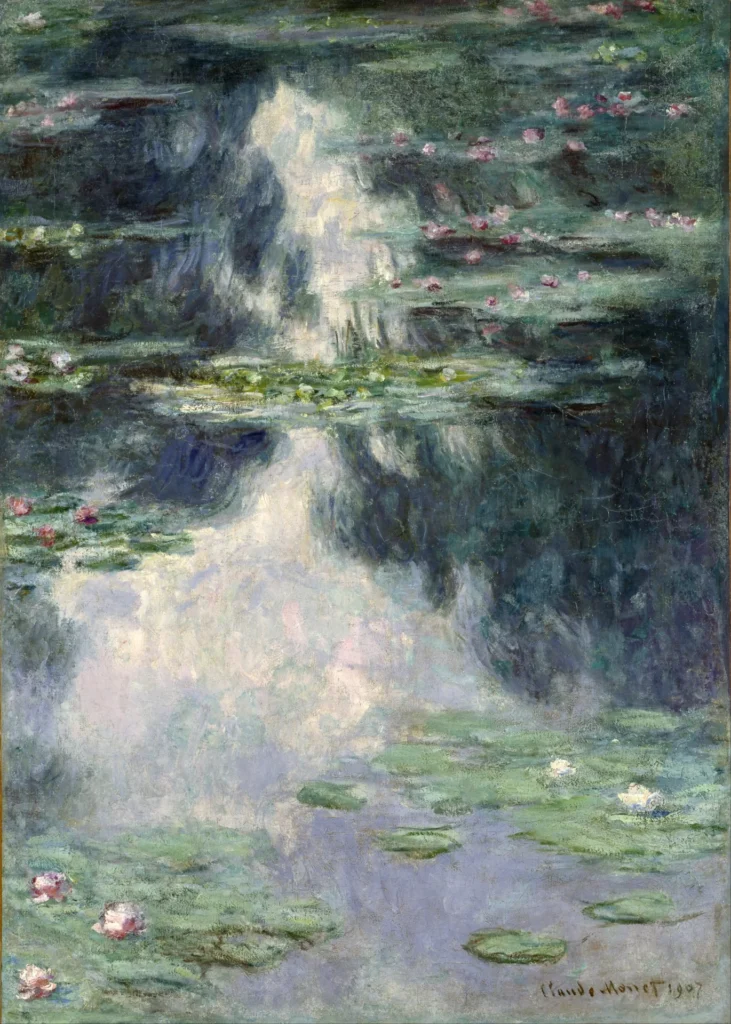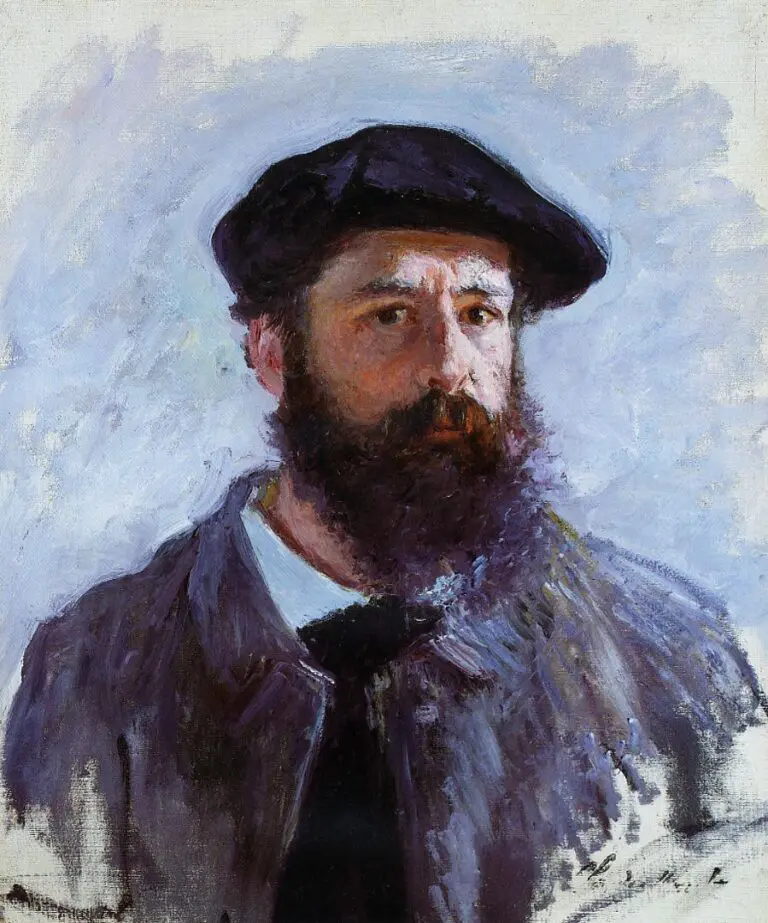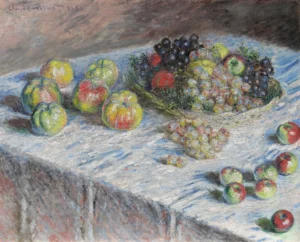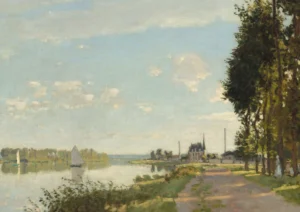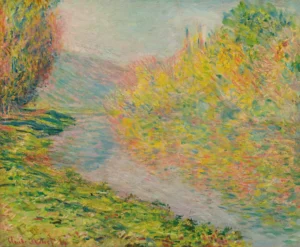Pond with Water Lilies (1907)
Claude Monet's Pond with Water Lilies. painted in 1907, is a stunning example of the artist's groundbreaking work in the Impressionist movement. This piece is part of the larger 'Water Lilies' series, which features approximately 250 paintings depicting the tranquil scenes of his water garden at Giverny. Monet's innovative techniques, use of color, and ability to create depth through reflections make this work a significant contribution to art history and an enchanting representation of nature's beauty.
1907
About the Artwork
The creation of Pond with Water Lilies is deeply rooted in Monet's personal journey as an artist. In the late 19th and early 20th centuries, Monet dedicated himself to transforming his garden in Giverny into a living canvas that echoed his artistic vision. Monet, particularly influenced by Japanese aesthetics, meticulously designed his garden, featuring a serene pond adorned with lilies and a charming Japanese bridge. Throughout the years, he captured this mesmerizing scene in numerous works, though his eyesight progressively declined due to cataracts. This challenge further intensified his exploration of color and light, culminating in the dynamic brushstrokes and vivid hues found in the 1907 paintings. Pond with Water Lilies is not just a painting; it's an expression of Monet's enduring spirit and passion for the natural world.
Did You Know
Monet struggled with cataracts in the early 20th century, which profoundly affected his color perception, ultimately leading to unique color palettes in his later works, including the 1907 paintings.
Monet was greatly influenced by Japanese art and aesthetics, which is reflected in the layout of his Giverny garden and the serene composition of his water lily series.
The gardens at Giverny, where Monet painted his iconic water lilies, have become a significant tourist destination, attracting art lovers and photographers eager to experience the beauty that inspired such masterpieces.




